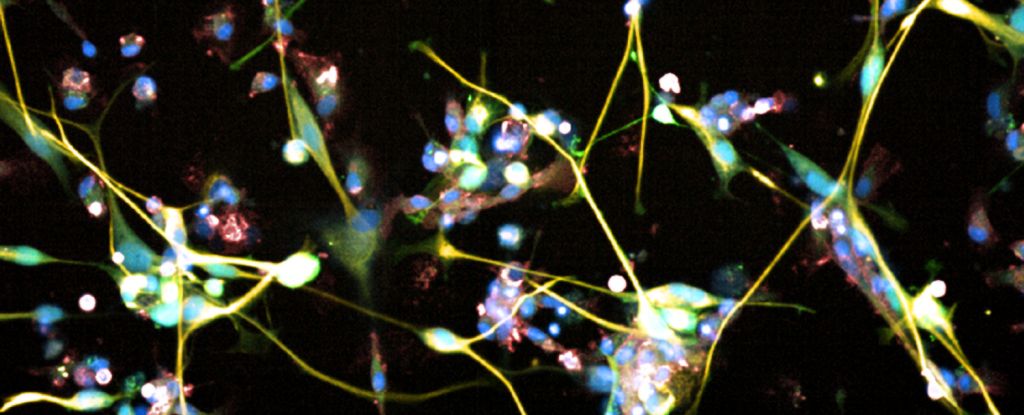Place your adverts here on InfoDig @ low rates; banner ads, sponsored links and guest articles etc. Contact us
Micro Laser Welding is a type of laser welding that can be used to join or bond small parts efficiently and effectively. This technique is becoming a norm in many organizations across different fields, especially in the medical field where accuracy is paramount. This article explores the significance of micro laser welding, its benefits, and its applications in advancing technology. Micro laser welding refers to a technique where a laser is used to melt and fuse the small components to be joined together with tight tolerance. Independent welded beam is a well-defined process that can direct and manage the laser energy on a small region. It is applied to make neat and clean welds on the fragile parts; it is useful in several industries. The process gets initiated when the laser beam is focused on the location where welding is needed. This allows the formation of a weld pool as the laser’s high energy melts the material being welded. When the material cools it solidifies due to series of chemical reactions that takes place and this intern bond the components together. Micro laser welding offers several benefits, particularly in the medical industry: Micro laser welding is employed in numerous applications in medical industries for creating highly accurate and durable parts. For instance, it is employed in the manufacturing of operation tools, implants, and diagnostic apparatus. The technology makes it possible for these components to be accurately assembled thus means an improved performance and patient’s lives. One area of practical use is in making of stents and catheters for surgery where micro laser welding is used to assemble delicate and small sizes. This welding process guarantees that these medical devices are functional and safe to use. Micro laser welding is a very important type of technology, especially in welding different small parts with accuracy, strength, and fast welding. It is versatile, and its usage can be observed in many spheres, especially in the sphere of medicine. Carrying out clean and accurate welds, with less heat effect, micro laser welding is instrumental in the ongoing development of technology and optimization of device performance.What is Micro Laser Welding?
Benefits of Micro Laser Welding
Applications in Medical Devices
Conclusion
Related Topics

 3 hours ago
37
3 hours ago
37















 English (US) ·
English (US) ·